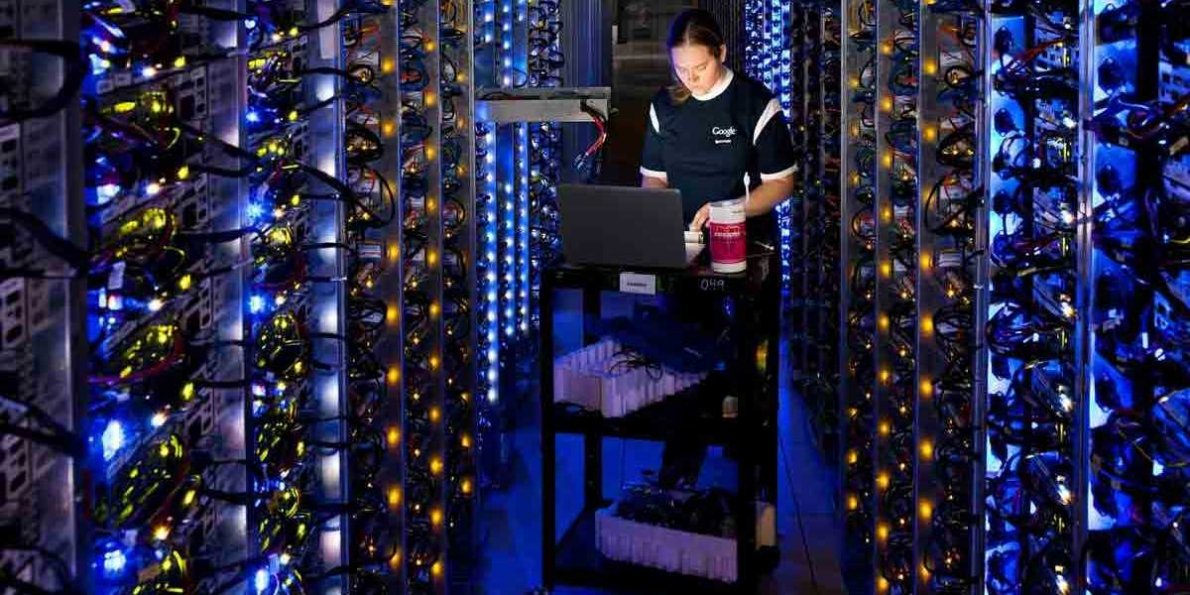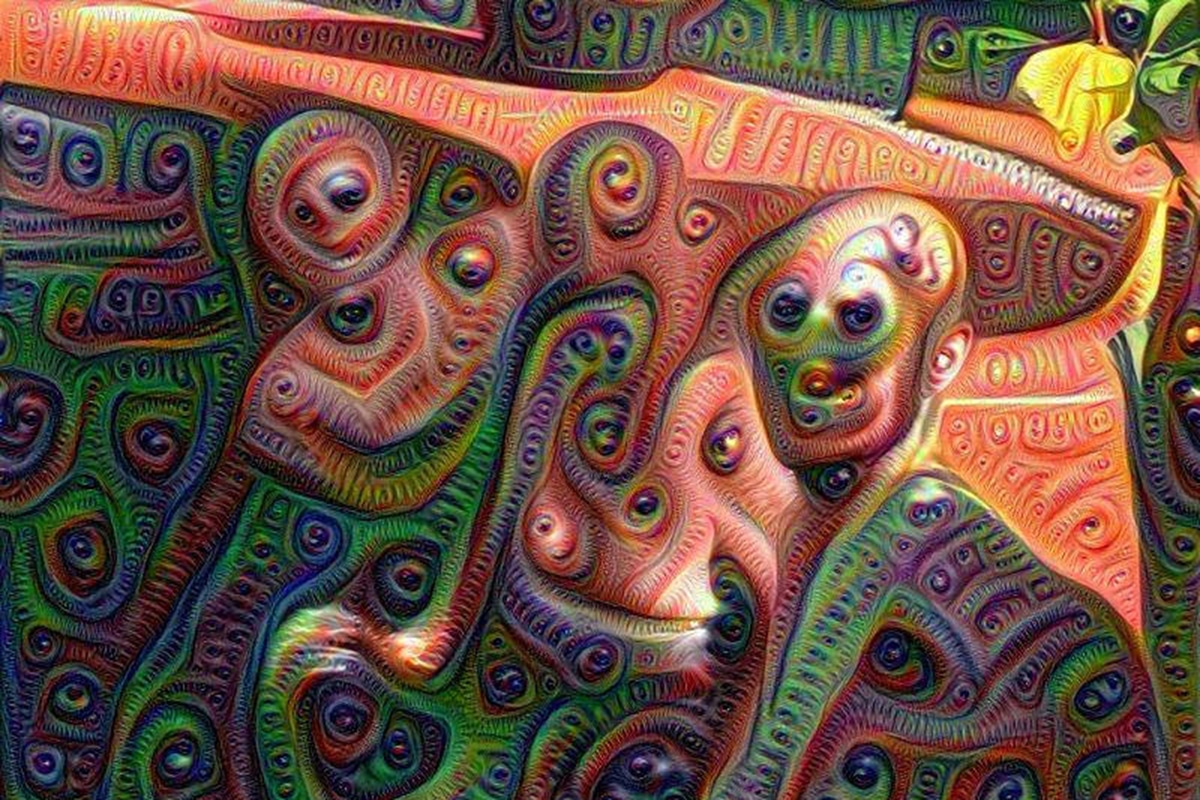Artificial intelligence (AI) has helped us by providing search functionality, natural language recognition, and other mechanical processes, but until recently, AI was seen only as a tool for automating menial processes that require little in terms of high-level “thought.” Now, artificial intelligence has developed to the point that it can exhibit abstract conceptual thinking and explorative processes, which some experts are describing as its own kind of signature “creativity.”
Does that mean AI could ever replace human creatives in the art world? That’s up for debate, but AI is already heavily influencing how we make, distribute, and think about art—and that’s undeniable.
IMAGE: TECH INSIDER
How AI Influences Art
Today, these are just some of the ways that AI is influencing the art world:
- Identifying Subjects And Themes – Some AI algorithms, like those used by 1st Art Gallery, specializing in identifying different subjects and themes in pieces of artwork. This can be enormously helpful both to artists and customers interested in buying art. Just as personal digital assistants have gotten better at recognizing natural-language voice commands, these algorithms have become sophisticated in “understanding” art basics, and as a result, our banks of art have become better categorized and easier to browse.
- New Mediums – Artificial intelligence has also helped artists experiment with new mediums and new approaches to art altogether. For example, some music composers have used algorithmic composition as a way to produce and experiment with new melodies and musical textures. In most cases, the composer will create their own algorithm, unique for their specific vision, and use it to create swatches of notes and chords that they can then use as inspiration for their core piece. In this way, the AI is a tool for the artist to use, much like a paintbrush or computer. Rather than thinking of the AI as a replacement for the artist, it’s an enhancement.
- Replicating Styles Of Past Artists – However, some AI goes beyond the simple “tool” functionality and starts creating art of its own. There are multiple neural networks out there that have the capacity to “learn” the hallmarks and stylistic elements of different artists, then replicate them with new pieces. For example, researchers at the University of Tubingen in Germany recently revealed an AI system that could replicate paintings in the style of Van Gogh and Picasso. Similar artist-mimicking algorithms have been applied to the world of poetry, sometimes capable of fooling critics.
- Creating Novel Work – Some AI systems are extending even further beyond the realm of mimicking others’ styles by producing styles of their own. Creating completely original works of art, these algorithms have been known to convince professional art critics that their works of art were created by human beings. In some cases, the AI system is even described as being “better” than its human contemporaries.
Can AI Become An Artist?
[pullquote]Could an AI program ever become an “artist,” capable of insight and creative genius on the level of our most influential artists of the past?[/pullquote] Some argue that part of the beauty of art is the fact that it arose from human emotion—and the history of that emotion and production process is what makes art special. If that’s the case, AI may never be able to create art born of pain, or loneliness, or tragedy the way human artists can.
But it’s already apparent that machines can replicate this type of art—with humans never knowing the difference. The true “meaning” of art here is debatable, and you may change your opinion on a piece after learning the history of its creation, but for now, AI exists both as a tool to help artists push the boundaries of their artistic visions and a new kind of creator in its own right. It’s only going to get more complicated from here.
For more artificial intelligence-related articles from us here at Bit Rebels, click here!


COMMENTS